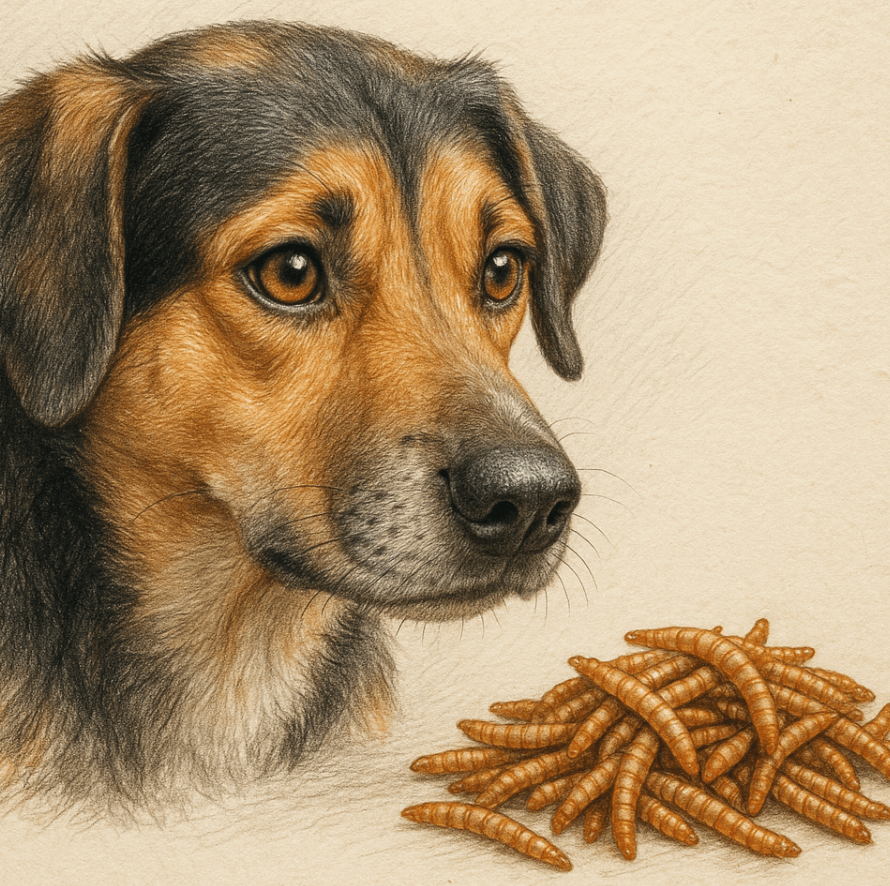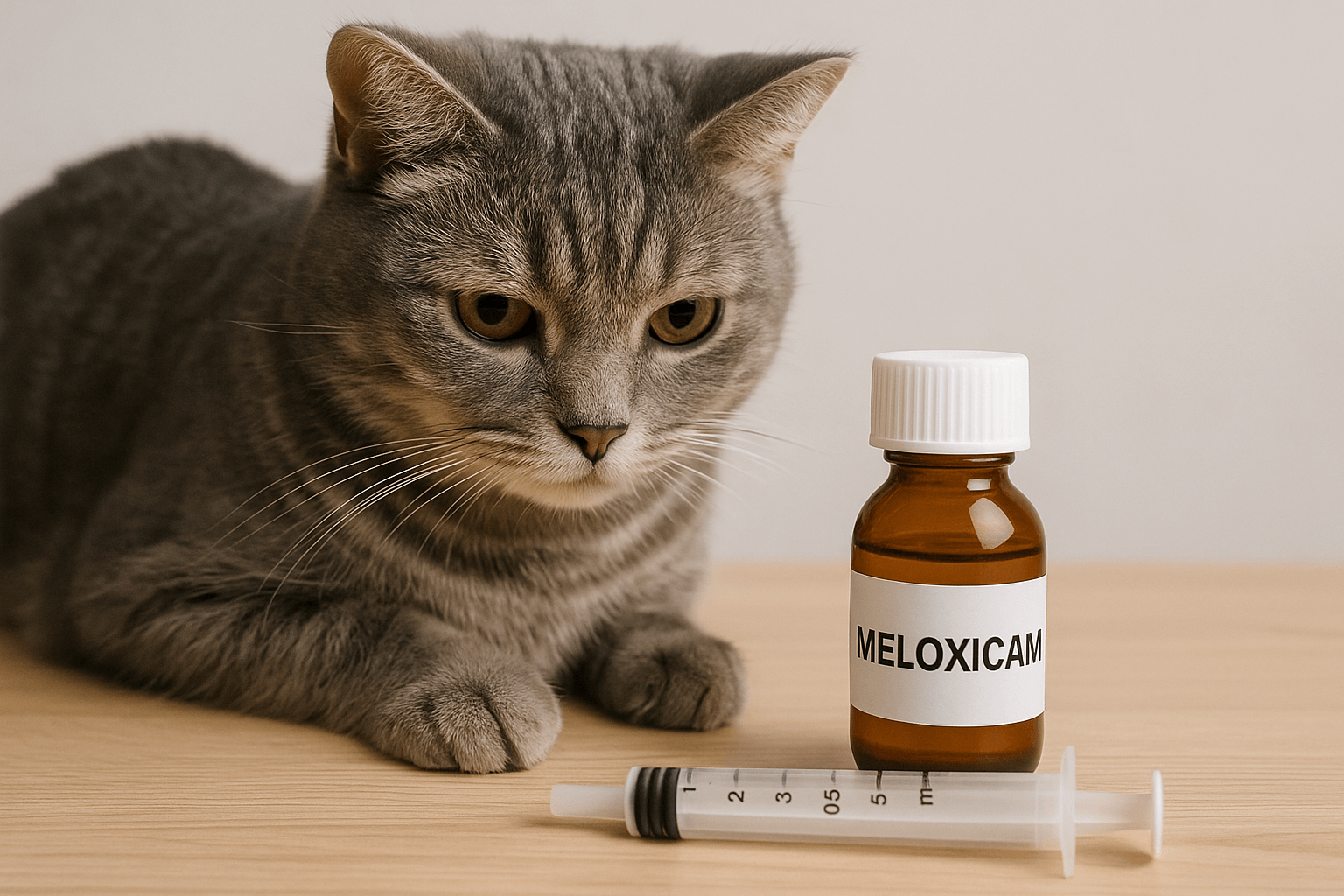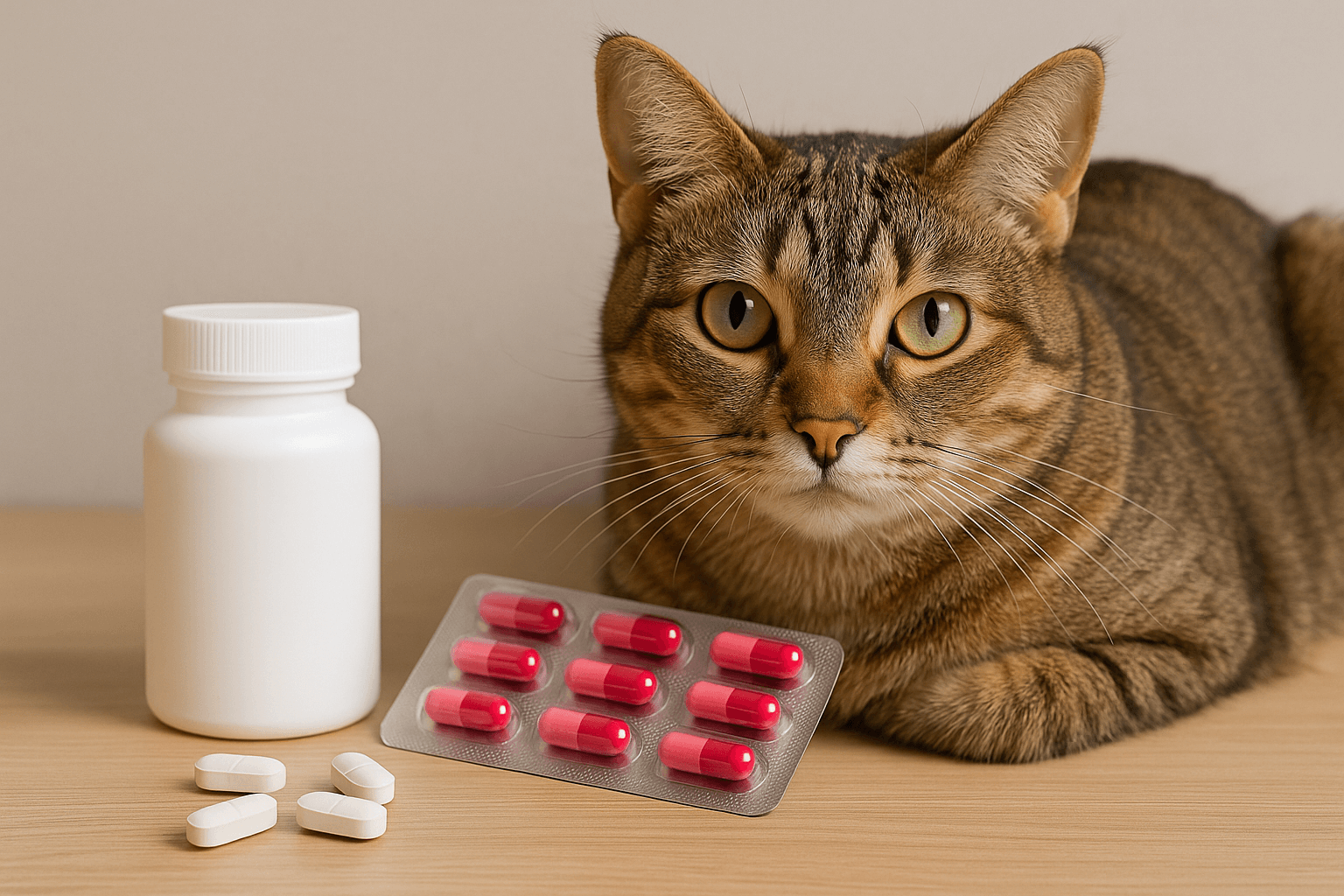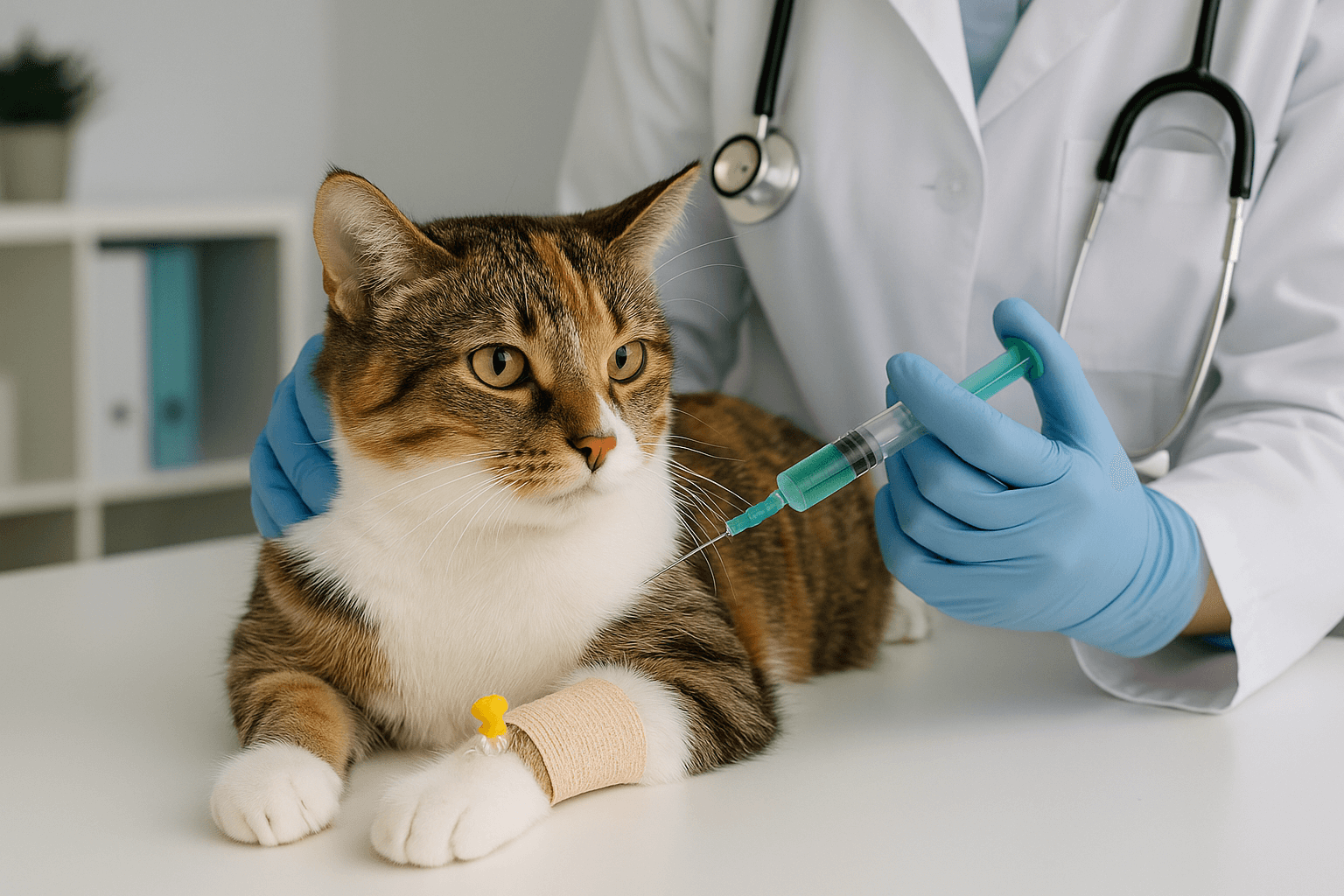Can Dogs Eat Mealworms?
Mealworms, the larval form of darkling beetles, are gaining popularity as a sustainable and nutrient-rich food source for humans and animals alike. But can dogs eat mealworms? The answer is yes—mealworms can be a healthy and safe treat for most dogs when prepared properly. Packed with protein, vitamins, and minerals, these tiny critters offer numerous health benefits, but it’s important to understand how to introduce them into your dog’s diet safely. In this blog post, we’ll explore everything you need to know about feeding mealworms to your furry friend, including their nutritional value, potential risks, and tips for incorporating them into your dog’s meals.
Nutritional Benefits of Mealworms for Dogs
Mealworms are not only tasty for dogs but also highly nutritious, making them an excellent addition to their diet. Here’s why mealworms can be a great choice for your pup.
High Protein Content:
Mealworms are packed with protein, which supports muscle development, energy levels, and overall vitality in dogs.Rich in Healthy Fats:
They contain omega-3 and omega-6 fatty acids, which promote skin health, a shiny coat, and reduced inflammation.Essential Vitamins and Minerals:
Mealworms provide nutrients like vitamin B12, iron, magnesium, and zinc, all of which contribute to immune function and metabolic health.Low in Carbohydrates:
With minimal carbs, mealworms are ideal for dogs on low-carb or grain-free diets.Environmentally Sustainable:
As a sustainable protein source, mealworms have a lower environmental impact compared to traditional animal proteins.
These nutritional benefits make mealworms a smart and eco-friendly option for enhancing your dog’s diet.
Potential Risks of Feeding Mealworms to Dogs
While mealworms are generally safe, there are some risks to consider before adding them to your dog’s meals. Being aware of these potential issues ensures your pet stays healthy.
Allergic Reactions:
Some dogs may be allergic to insects or unfamiliar proteins, so watch for signs like itching, swelling, or digestive upset.Choking Hazard (Whole Mealworms):
Whole mealworms may pose a choking risk for small or greedy eaters; grinding them into powder can mitigate this.Digestive Upset:
Introducing mealworms too quickly can cause gas, diarrhea, or vomiting; always start with small amounts.Source Matters:
Only feed mealworms specifically raised for human or pet consumption to avoid contaminants like pesticides or harmful bacteria.Pre-existing Health Conditions:
Dogs with kidney or liver issues may struggle to process high-protein foods; consult your vet before offering mealworms.
By addressing these risks proactively, you can ensure mealworms are a safe and beneficial addition to your dog’s diet.
Check this guide 👉Can Dogs Eat Goat Meat? Best 7 Expert Tips!
Check this guide 👉Can Dogs Eat Marzipan? Best 7 Expert Tips!
Check this guide 👉Can Dogs Eat Beef Heart? Best 7 Expert Tips!

Benefits of Feeding Mealworms to Dogs | Risks of Feeding Mealworms to Dogs |
|---|---|
High protein content | Potential allergic reactions |
Rich in omega-3 and omega-6 fatty acids | Choking hazard with whole mealworms |
Eco-friendly protein source | Digestive upset if introduced too fast |
Low in carbohydrates | Contaminants from improper sourcing |
Supports skin and coat health | Not suitable for all health conditions |
How to Safely Introduce Mealworms to Your Dog’s Diet
If you’re considering adding mealworms to your dog’s meals, it’s important to do so gradually and responsibly. Follow these steps to ensure a smooth transition.
Choose Quality Sources:
Purchase mealworms specifically intended for pet consumption to avoid harmful additives or contaminants.Start Small:
Begin with a tiny amount, such as a teaspoon of ground mealworms, mixed into their regular food to monitor their reaction.Grind Them for Safety:
Grinding mealworms into a powder reduces the risk of choking and makes them easier to digest.Mix with Familiar Foods:
Combine mealworms with your dog’s favorite kibble or wet food to encourage acceptance and enjoyment.Monitor for Adverse Reactions:
Watch for any signs of allergies, digestive issues, or discomfort after introducing mealworms.
Taking these precautions ensures a positive experience for both you and your dog.
Creative Ways to Incorporate Mealworms into Your Dog’s Diet
Adding mealworms to your dog’s diet doesn’t have to be boring! Here are some fun and nutritious ways to include them in their meals.
Mealworm Powder Topping:
Sprinkle ground mealworm powder over their regular food for an extra protein boost.Homemade Treats:
Bake homemade dog treats using mealworm flour as a key ingredient for a crunchy, nutritious snack.Mix with Yogurt:
Combine mealworm powder with plain, unsweetened yogurt for a protein-packed, probiotic-rich treat.Stir into Wet Food:
Blend mealworms into canned or fresh wet food to enhance flavor and nutrition.DIY Trail Mix:
Create a trail mix for active dogs by combining mealworms with dried fruits (like blueberries) and vegetables.
These creative ideas make mealworms a versatile and enjoyable addition to your dog’s menu.
Common Misconceptions About Feeding Mealworms to Dogs
Despite their growing popularity, some misconceptions about feeding mealworms to dogs persist. Clarifying these myths helps set realistic expectations for pet owners.
Mealworms Are Just for Humans:
While mealworms are popular in human diets, they’re equally nutritious and safe for dogs when sourced properly.They’re Hard to Digest:
Ground mealworms are easy to digest, and even whole mealworms are safe for most dogs when introduced gradually.All Dogs Love Them Immediately:
Some dogs may need time to adjust to the texture or taste, so patience is key.Mealworms Replace Regular Meals:
They should be used as a supplement, not a replacement for balanced dog food.They’re Expensive to Feed Regularly:
Mealworms are affordable when purchased in bulk and used in moderation.
Understanding these facts ensures a smoother integration of mealworms into your dog’s diet.
Environmental Benefits of Using Mealworms as Dog Food
Mealworms aren’t just good for your dog—they’re also a sustainable choice for the planet. Here’s why they’re an eco-friendly alternative to traditional protein sources.
Lower Carbon Footprint:
Producing mealworms generates fewer greenhouse gases compared to raising livestock like cattle or chickens.Minimal Water Usage:
Mealworm farming requires significantly less water than traditional animal agriculture.Efficient Land Use:
Mealworms can be farmed vertically, reducing the need for large tracts of land.Reduced Food Waste:
Mealworms can be fed agricultural byproducts, turning waste into valuable protein.Biodegradable Waste Products:
The waste produced by mealworm farming is compostable and environmentally friendly.
Choosing mealworms supports sustainability while nourishing your dog.
Signs Your Dog Enjoys Eating Mealworms
Not all dogs react the same way to new foods, but here are some signs that your pup loves mealworms.
Excited Behavior at Mealtime:
If your dog shows extra enthusiasm during meals, it’s a good sign they enjoy the added flavor.Clean Bowl Syndrome:
A dog who eagerly licks their bowl clean after eating mealworms likely finds them delicious.Increased Energy Levels:
The high protein content in mealworms may leave your dog feeling more energetic and playful.Improved Coat Condition:
Shinier fur and healthier skin can indicate the benefits of omega-3 and omega-6 fatty acids in mealworms.No Digestive Issues:
If your dog tolerates mealworms without gas, diarrhea, or vomiting, they’re likely enjoying them without problems.
These signs confirm that mealworms are a hit with your furry friend and a nutritious addition to their diet.
Frequently Asked Questions About Feeding Mealworms to Dogs
Are mealworms safe for all dogs?
Most dogs can safely eat mealworms, but those with allergies or specific health conditions should consult a vet first.
How much mealworms can I feed my dog?
Start with small amounts, such as 1-2 teaspoons per day, and adjust based on your dog’s size and dietary needs.
Can puppies eat mealworms?
Yes, but introduce them cautiously and in moderation, as puppies have sensitive digestive systems.
Where can I buy mealworms for dogs?
Look for mealworms or mealworm powder sold specifically for pets at pet stores or online retailers.
Do mealworms have a strong taste?
Their mild, nutty flavor is appealing to most dogs, though picky eaters may take time to adjust.
Enhancing Your Dog’s Diet with Mealworms
Mealworms are a nutritious, sustainable, and versatile option for boosting your dog’s diet. From their impressive protein content to their eco-friendly nature, they offer numerous benefits that make them worth considering. However, it’s essential to introduce them carefully, monitor your dog’s response, and prioritize quality sources to ensure safety. By incorporating mealworms thoughtfully, you can provide your furry friend with a tasty and healthful treat that supports their well-being. Whether sprinkled on kibble, baked into treats, or blended into homemade recipes, mealworms can become a delightful part of your dog’s culinary adventures.
Cat Fever Treatment: Best 7 Expert Tips! Discover expert advice on identifying, managing, and treating fever in cats to ensure their quick recovery and well-being.
Understanding Meloxicam for Cats: Best 7 Expert Tips! Learn how to safely administer meloxicam, manage side effects, and ensure your cat's comfort with expert advice on feline pain relief.
Amoxicillin for Cat UTI: Best 7 Expert Tips! Discover safe usage, dosage guidelines, and expert advice on treating feline urinary tract infections effectively with amoxicillin.
Understanding Cat Cancer Treatment: Best 7 Expert Tips! Discover expert advice on managing feline cancer, from early detection to treatment options, ensuring your cat’s health and comfort.




